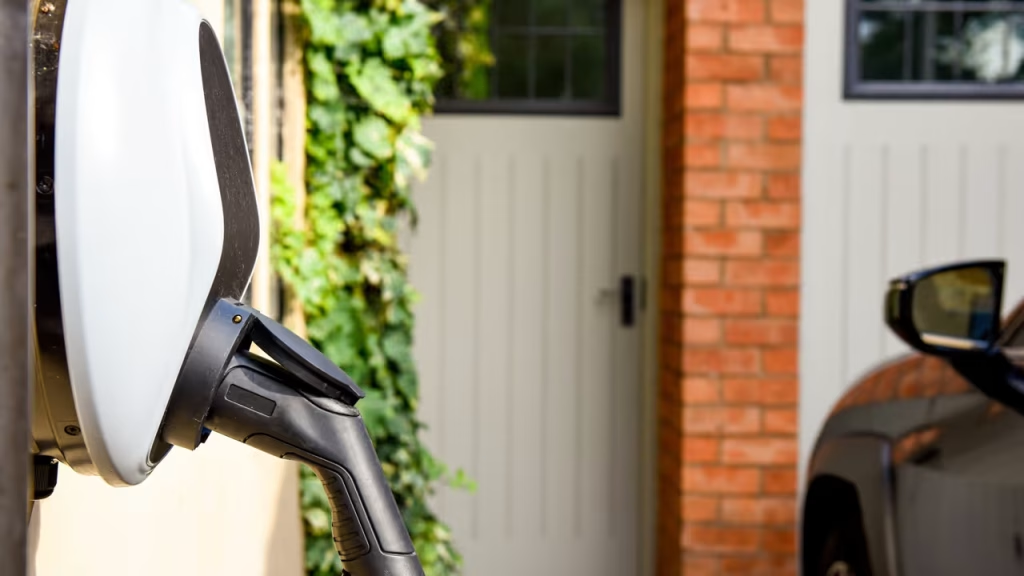the ins and outs of ev charging
So, you’ve made the leap into the world of electric vehicles (EVs). Kudos to you! But let’s not sugarcoat it: charging your car can sometimes feel like you’re trying to solve a Rubik’s Cube blindfolded. You thought it would be as straightforward as plugging in your laptop, right? But it’s a whole different ball game. Why is charging still such a hassle in 2023? Let’s dive in and unpack this electrifying topic.
the charger spectrum
First things first: not all chargers are created equal. If you want to avoid frustration, get familiar with the types of chargers out there:
- Level 1: The tortoise of chargers. This uses a standard 120V outlet, and while it’s perfect for overnight charging, it’s painfully slow. Think of it as your well-meaning but perpetually late friend.
- Level 2: Now we’re talking! Operating on a 240V supply, these chargers can juice up your EV in just a few hours. Ideal for when you’re out running errands or sipping on that coffee.
- DC fast charging: The rock stars! These beauties can take your battery from empty to about 80% in around 30 minutes. If you’re in a rush, they’re your best mates.
the wild goose chase for charging stations
the infrastructure nightmare
Let’s be real: the EV charging infrastructure is lagging behind. More people are buying electric vehicles, but the number of charging stations isn’t keeping pace. You might find yourself circling the block, praying for an open charger. Cities need to wake up! If they don’t start investing in infrastructure, we might as well go back to waiting in line at gas stations.
what the future could look like
Now, let’s take a moment to dream big. Imagine a future where wireless charging is the norm. You pull into your driveway, and your car starts charging automatically. Sounds like something out of a sci-fi flick, right? But let’s not get ahead of ourselves; we’ve got a long way to go before that becomes reality.
the perks of home charging
If you’ve got a Level 2 charger at home, you’re living the dream. There’s something magical about waking up to a fully charged car. It’s like having your own gas station right in your garage. But what about those who live in apartments or condos? Finding a charging option can feel like searching for a needle in a haystack. Why is this still a problem in 2023?
the cost consideration
Let’s talk dollars and cents for a moment. Charging at home can be a steal compared to gas prices, but public charging can hit your wallet hard, especially at fast chargers. Is owning an EV really saving you money, or are you just trading one expense for another? It’s a thought worth mulling over.
connecting with fellow ev enthusiasts
Charging isn’t just about plugging in; it’s also a chance to meet fellow EV drivers. Many owners share tips about the best charging spots or even organize local meet-ups. Have you ever felt that sense of community while waiting for your car to charge? It’s like being part of a club that gets the joys and frustrations of driving electric. That camaraderie can make a world of difference.
the environmental impact
Let’s not forget the environmental angle. Driving an EV means zero tailpipe emissions, which is fantastic for the planet. But here’s the kicker: where does that electricity come from? If it’s generated from non-renewable sources, are we really making a positive impact? It’s a question worth considering. Are we truly addressing climate change, or merely shifting the burden elsewhere?
The reality of EV charging is layered and complex. It’s not just about getting power for your car; it’s about rethinking our entire relationship with energy and infrastructure. As we navigate this electric age, one thought lingers: are we truly prepared to embrace this electric future, with all its challenges and rewards?


